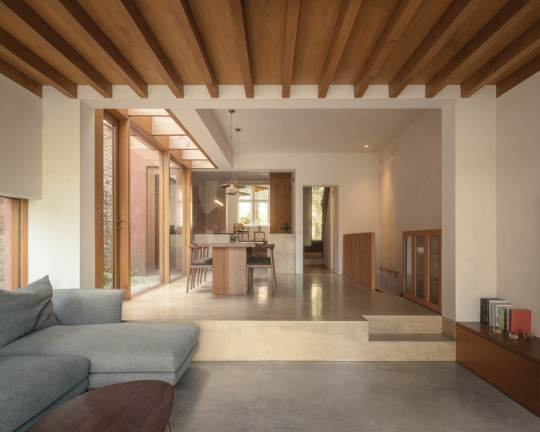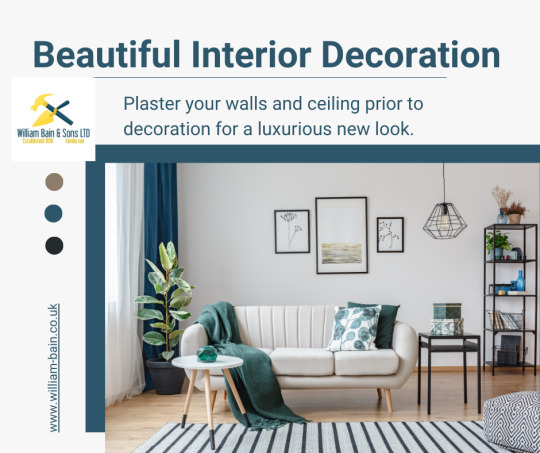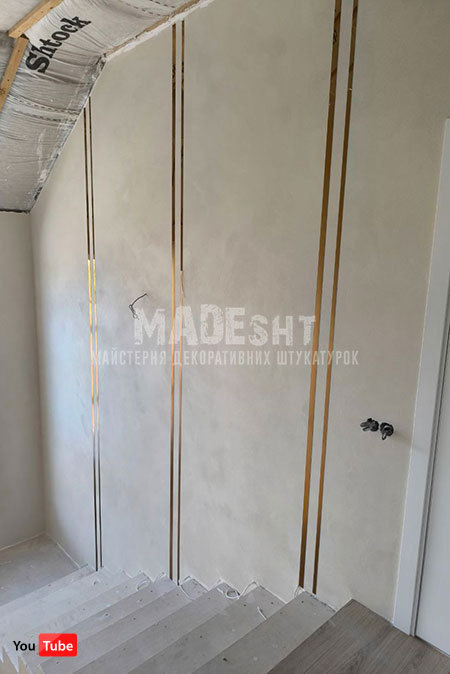#plasterers plasterer interior decoration
Explore tagged Tumblr posts
Text

House Beautiful Weekend Homes, 1990
#vintage#vintage interior#1990s#90s#interior design#home decor#pantry#kitchen#timber#yellow ware#stoneware#pottery#flowers#dog#portrait#plaster#cottage#country#style#home#architecture
1K notes
·
View notes
Text







Putney Riverside House, London - VATRAA
#VATRAA#architecture#design#building#modern architecture#interiors#minimal#house#concrete#house design#modern#minimalist#concrete house#extension#home extension#exterior#pink#terracotta#earthy#elegant#microcement#plaster#london#british architecture#living room#kitchen#beautiful homes#interior decor inspo#garden#design blog
188 notes
·
View notes
Text

A nice eat in nook
#breakfast nook#wall nook#seating#wood dining table#eat in kitchen#dine in#table for two#orange#brown#april#spring#toya's tales#style#toyastales#toyas tales#home decor#interior design#interesting#interiors#home improvement#home decorating#home design#home & lifestyle#mosiac#tile floor#terracotta#plaster
94 notes
·
View notes
Text

#super stressed about getting a bunch of work done on my flat and missing it looking like this#instead of all the furniture in a pile in the kitchen and plaster dust everywhere#lets add some tumblry tags#interiors#interior decor#interior decor inspo#teal#turquoise#bookshelf#bookblr#aesthetic#living room#decor#books#teal walls#turquoise room#globe#lamp#furniture#press#tenement#tenement flat
5 notes
·
View notes
Video
The Salzburg Residence by Henrik Sundholm Via Flickr: Visiting the DomQuartier Museum in Salzburg, Austria.
#domquartier#representation#floor#room#interior#decoration#architecture#history#historical#furniture#reflections#windows#light#shadows#chandeliers#mirrors#ceiling#reliefs#plaster#chairs#tables#hdr#salzburg#austria#paintings#flickr
0 notes
Text
Your home, our masterpiece 🔨🏠
✨Ready to hire our professional services?
✨Contact us now✨
📲 +1 209-981-0975
🌐 www.jtclathingandplastering.com
#plastering#work#painting#interiordesign#homedecor#diy#interior#houses#building#interiors#quality#construction#project#property#renovation#professional#extensions#decorating#tools#restoration#carpentry
0 notes
Text
What is textured wall paint?
Textured wall paint is a highly popular type of paint used to cover drywall. The paint has a thick consistency and is made up of grains of sand and gypsum bound by a water-diluted base. Using textured paint for interior walls creates a visually appealing effect on your walls. These wall surfaces are typically used to finish interior walls, covering taped drywall seams and other imperfections. At the same time, these surfaces transform flat walls into a finish that reflects light and adds interest to any room.
#Texture Wall Paint Services Pune#Textured Wall Painting Pune#Wall Texture Painting Services Pune#Decorative Wall Painting Pune#Interior Wall Texture Pune#Exterior Wall Texture Pune#Royal Finish Wall Painting Pune#Venetian Plaster Pune
0 notes
Text
Expert Residential Plastering Services in Newcastle for a Perfect Finish
Plastering plays a critical role in ensuring the aesthetic appeal and structural integrity of your home. Whether you’re renovating your house or starting from scratch, choosing the right plastering professional can make all the difference. If you are searching for “Residential Plastering Newcastle,” you’ve come to the right place. We offer top-notch plastering services that are designed to meet…
#but it also ensures that the job is done correctly the first time. Plastering requires specific knowledge of materials and techniques to mat#choosing the right plastering professional can make all the difference. If you are searching for "Residential Plastering Newcastle#diy#home#home-improvement#improves the insulation in your home#keeping it warmer in winter and cooler in summer. It also provides an added layer of soundproofing#making it more attractive to potential buyers in Newcastle&039;s competitive housing market. Common Plastering Services We Offer in Newcast#making your home quieter. Increased Property Value: A well-maintained home with top-quality plastering can significantly boost your property#modern spaces or give them a classic and elegant feel. An experienced plasterer ensures the surfaces are flawless#plaster#Plastering plays a critical role in ensuring the aesthetic appeal and structural integrity of your home. Whether you&039;re renovating your#Plastering Services Newcastle#providing smoothness#renovation#Residential Plastering#Residential Plastering Services Newcastle#residential-plastering-newcastle#there&039;s more to it than simply applying a layer of plaster. Expert plasterers ensure the walls and ceilings have a smooth finish and st#we specialize in various plastering services to suit your needs. Our services range from wall and ceiling plastering to intricate decorative#when done right#you can expect: Aesthetic Appeal: Plastering can transform your interiors into sleek
0 notes
Video
youtube
Interior Veneer Plaster patch over sheetrock
1 note
·
View note
Text

The drawing room at Womersley Hall in South Yorkshire has a fine plaster ceiling and fireplace, probably the work of the eighteenth-century architect James Paine. The fireplace opening is faced in Delft tiles and features classical mouldings, columns, and medallions.
The Fireplace, 1994
#vintage#vintage interior#1990s#90s#interior design#home decor#Womersley Hall#South Yorkshire#England#drawing room#plaster#fireplace#James Paine#architect#Delft#tiles#moulding#painting#classical#English#style
552 notes
·
View notes
Text

Before you start decorating, we highly recommend plastering the walls and ceiling for a professional and luxurious finish.
0 notes
Photo

Charlotte Traditional Dining Room Example of a large classic medium tone wood floor great room design with orange walls and no fireplace
0 notes
Text

Декоративна штукатурка Feidal Strukturputz Antik Dekor Maxi з бронзовими полосками
Професійне нанесення декоративних штукатурок
Майстерня декоративних штукатурок MADEsht
#decorative plaster#decor#interiors#декор#професійне нанесення декоративних штукатурок#майстерня декоративних штукатурок madesht#декоративна штукатурка
0 notes
Text
Wordpress também uma ótima plataforma para colocar os seus projetos. O gesseiro silvio posta os seus conteúdos do site principal também nessa plataforma. Os conteúdos do site principal onde é postado sobre serviços realizados no rio de janeiro, central do rj, nilopolis, mesquita, belford roxo e etc.
0 notes
Text

All prep done for plastering the bathroom 🚽!
Cannae wait to see this finished 🥰🥰
#interior decorating#auction#rennovation#hardwork#house#home design#labouring#renovation#bedroom#remodelling#plastering
0 notes
Text

Call us-0420697243
Office Cleaning in Yarralumla
A clean and organized office space is essential for productivity, employee morale, and making a positive impression on clients and visitors. If you're seeking reliable and efficient office cleaning services in Yarralumla, look no further. Our team of dedicated professionals is here to ensure your workplace is pristine,allowing you to focus on your core business activities. Let's explore the benefits of professional office cleaning and how it can transform your work environment.
Maintaining a clean and hygienic workspace is crucial for the well-being of your employees and the overall health of your business. Our office cleaning services adhere to the highest standards of cleanliness, utilizing industry-approved techniques and eco-friendly cleaning products. We pay special attention to high-touch areas,such as doorknobs, light switches, and shared surfaces, to eliminate germs and reduce the spread of illnesses. With our meticulous approach to cleaning, you can create a healthy environment that fosters productivity and reduces sick days.
Your office is a reflection of your business's professionalism and attention to detail. A spotless and well-maintained workplace leaves a lasting impression on clients,partners, and potential customers who visit your premises. Our team understands the importance of presenting a clean and inviting atmosphere. We meticulously clean and polish all areas, including reception areas, conference rooms, restrooms, and common spaces, ensuring a pristine environment that showcases your commitment to excellence.
#Interior and exterior painting in canberra#Painting and decorating in Amaroo#House painting in canberra#Residential painting in Ainslie#Commercial painting in Franklin#Plastering and painting in Palmerston#Appliance installation in Kingston#Gyprock installation in Campbell#Staining and varnishing in Harrison#Floor painting in Gunghalin#Upholstery stain removal in canberra#Wall renovations in Franklin Gunghalin#Professional cleaners in Palmerston#Plasterboard work in Braddon#Office cleaning in Yarralumla
0 notes
